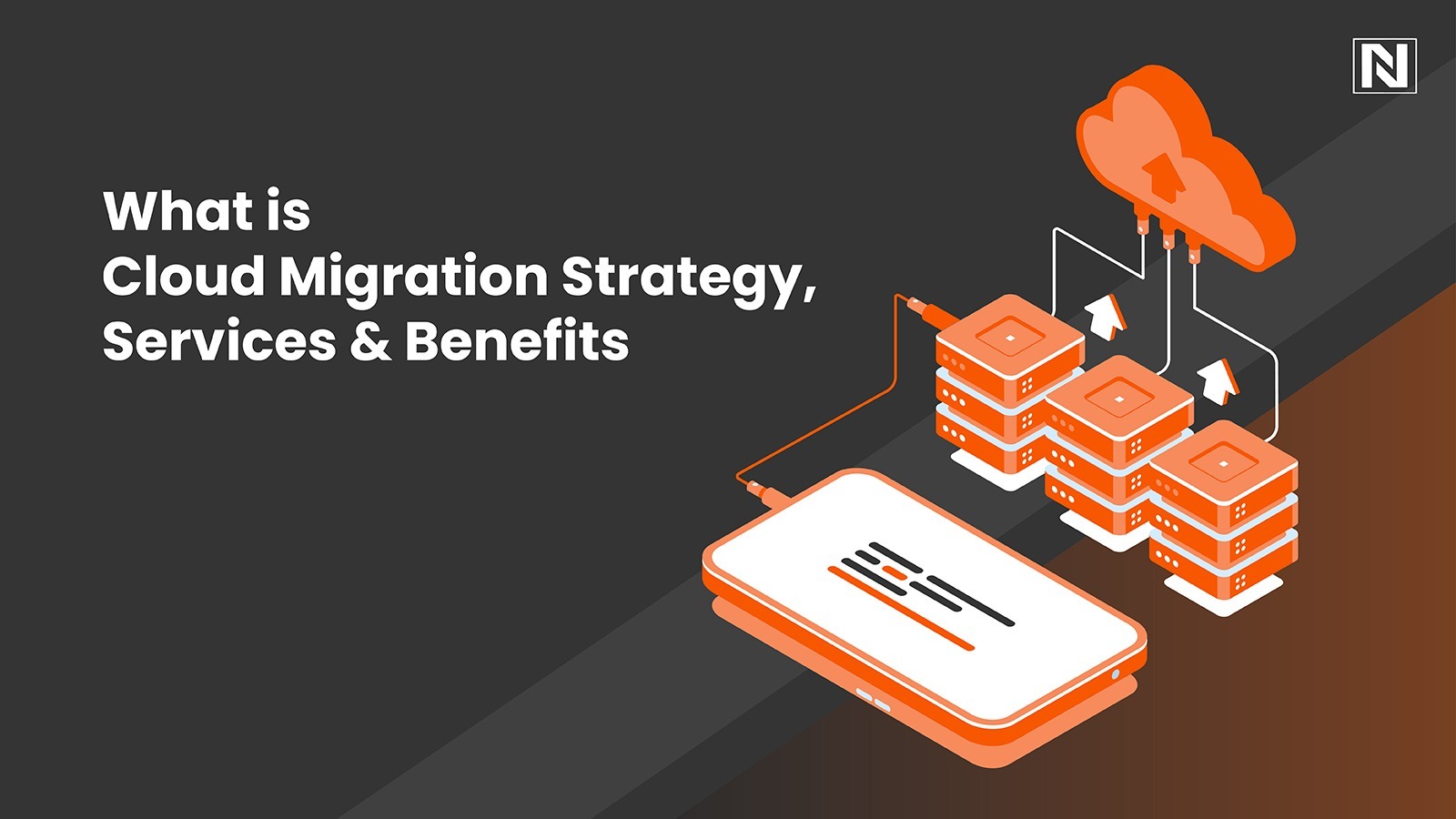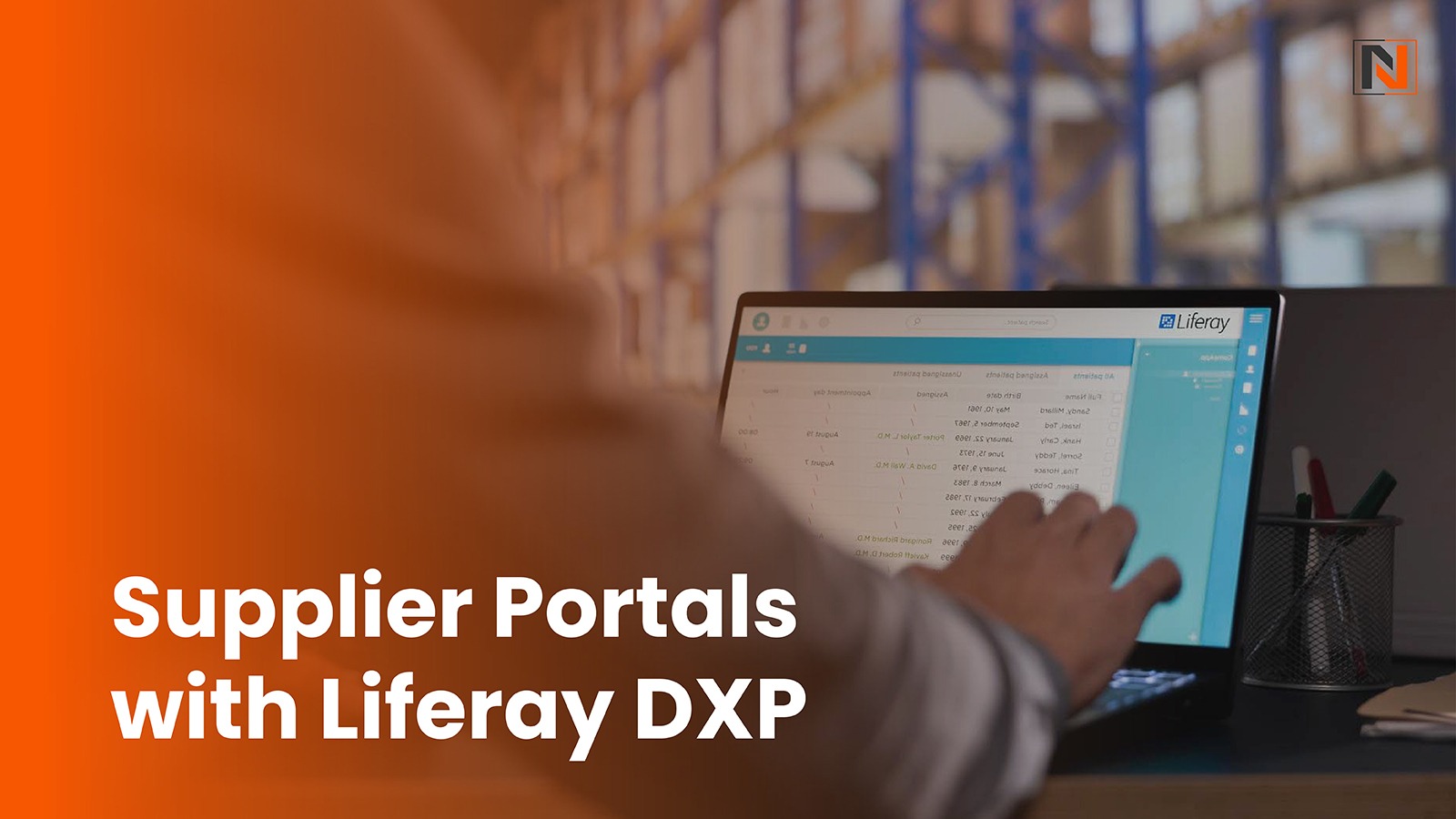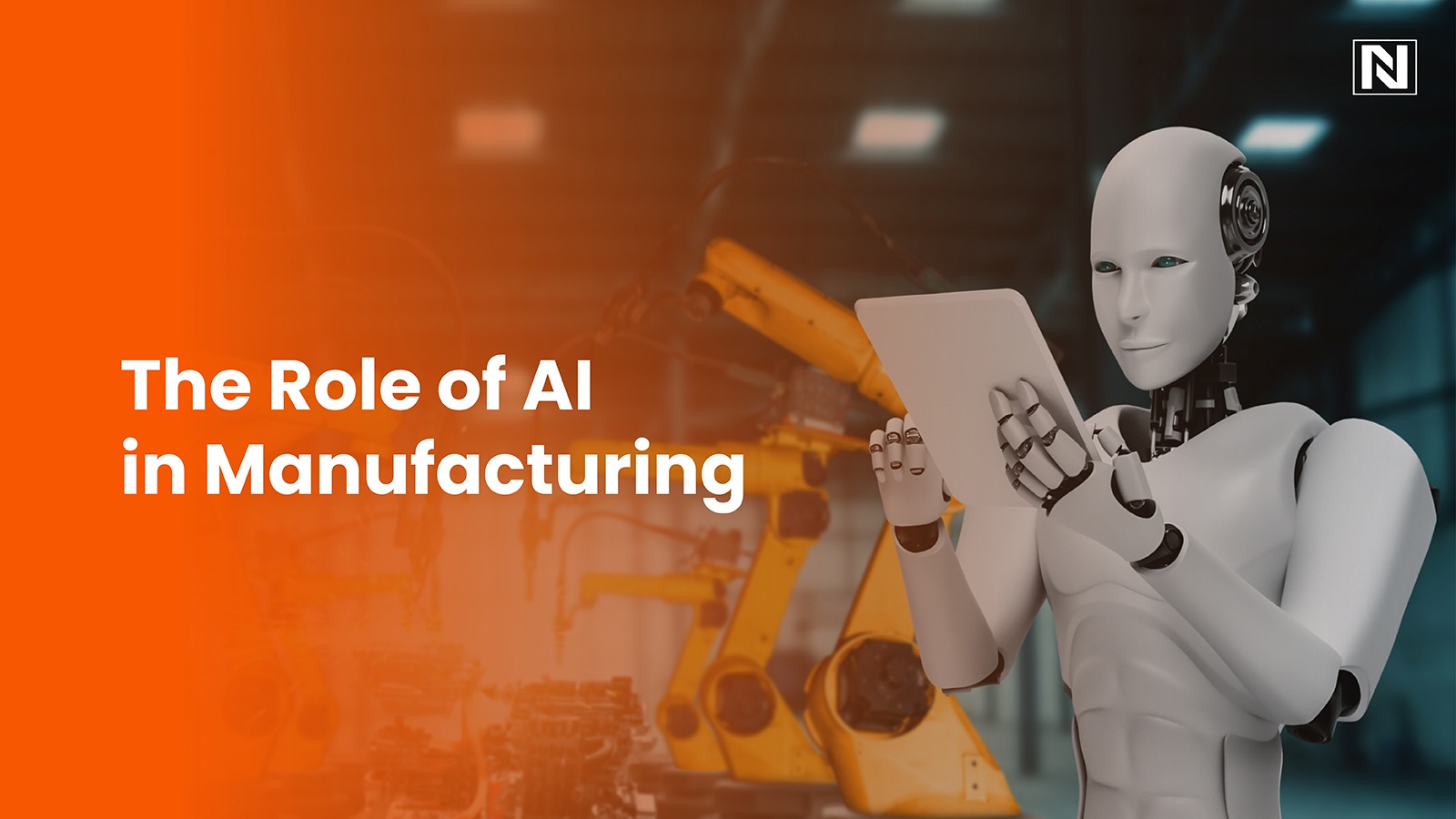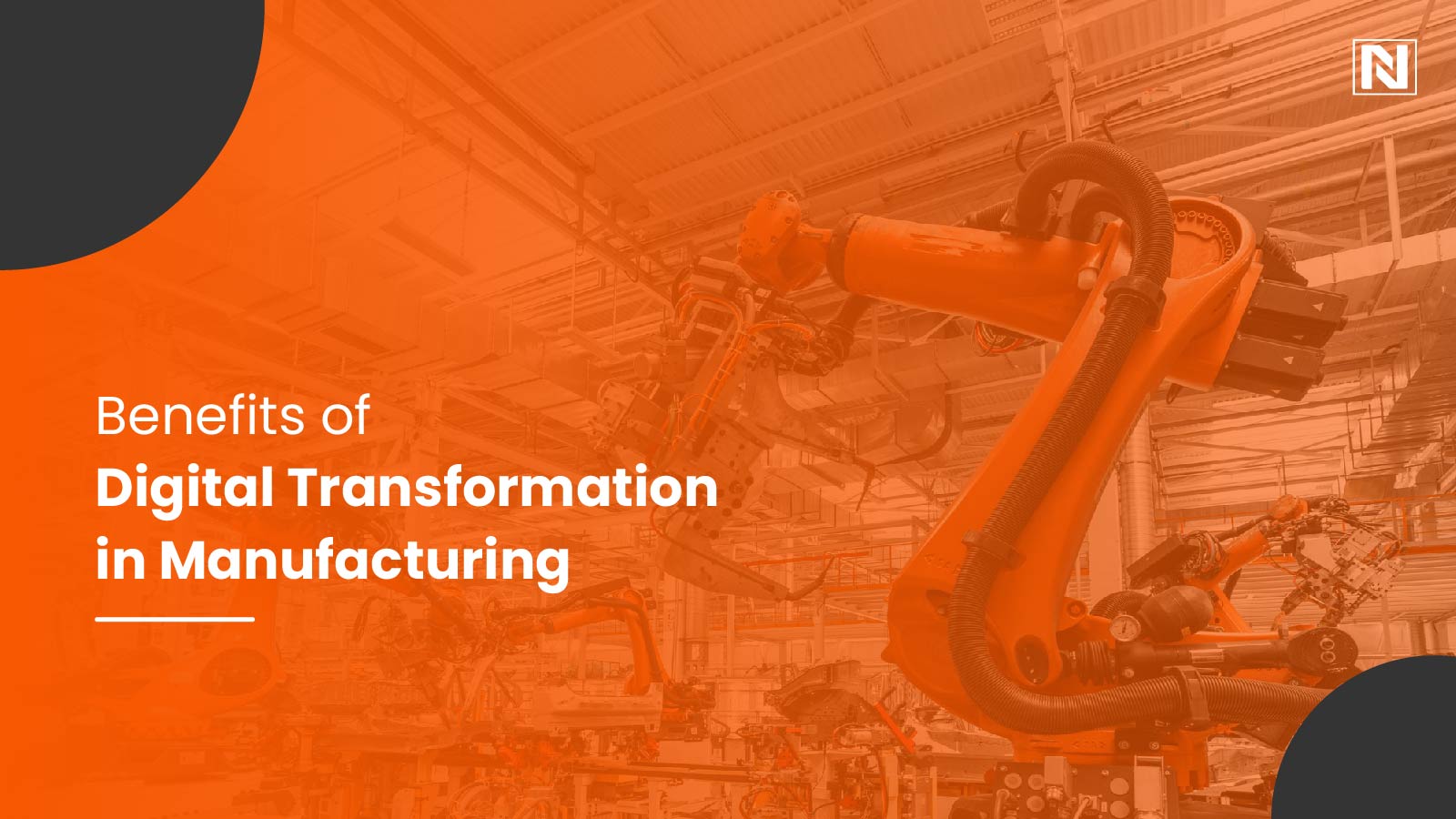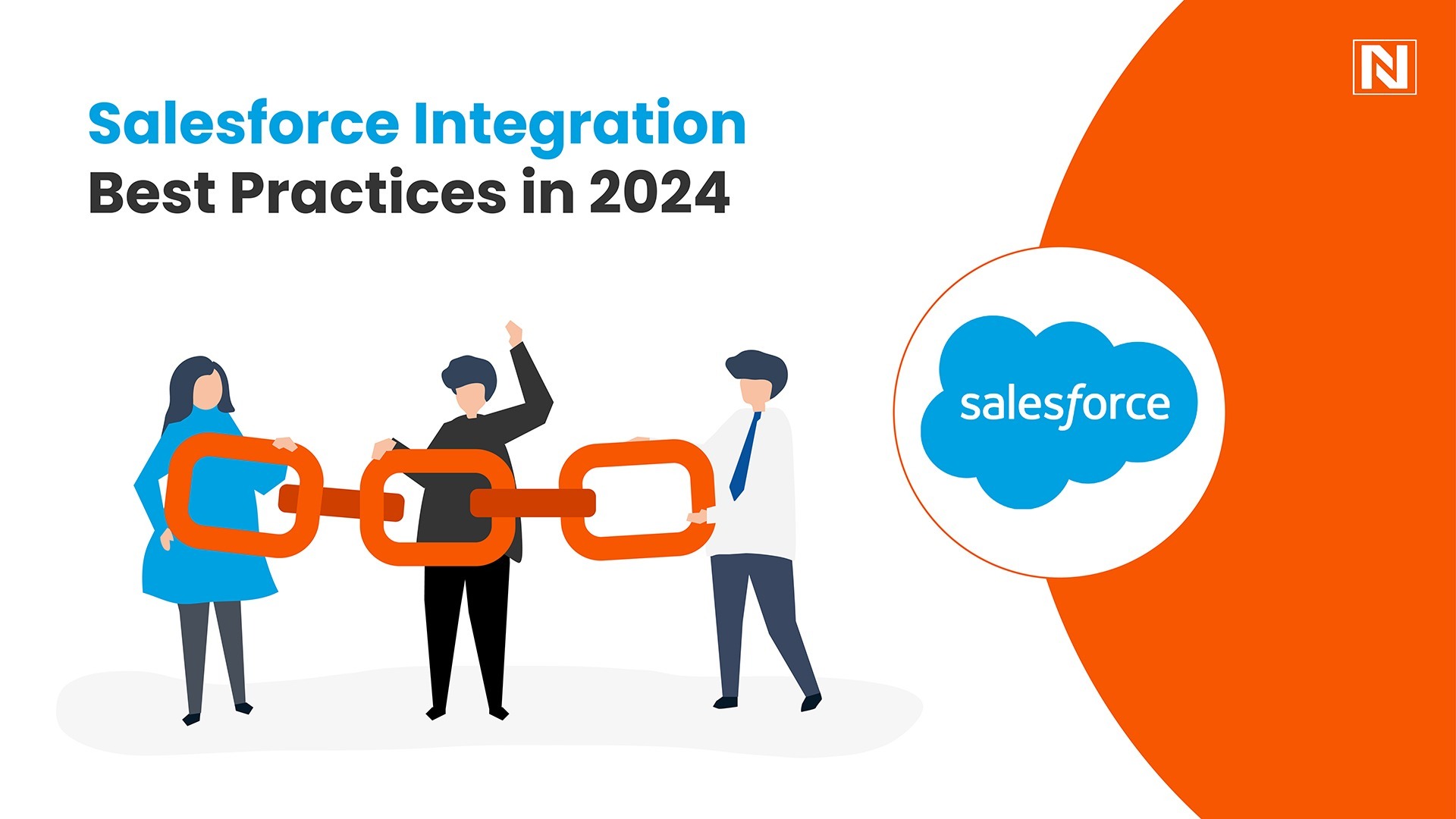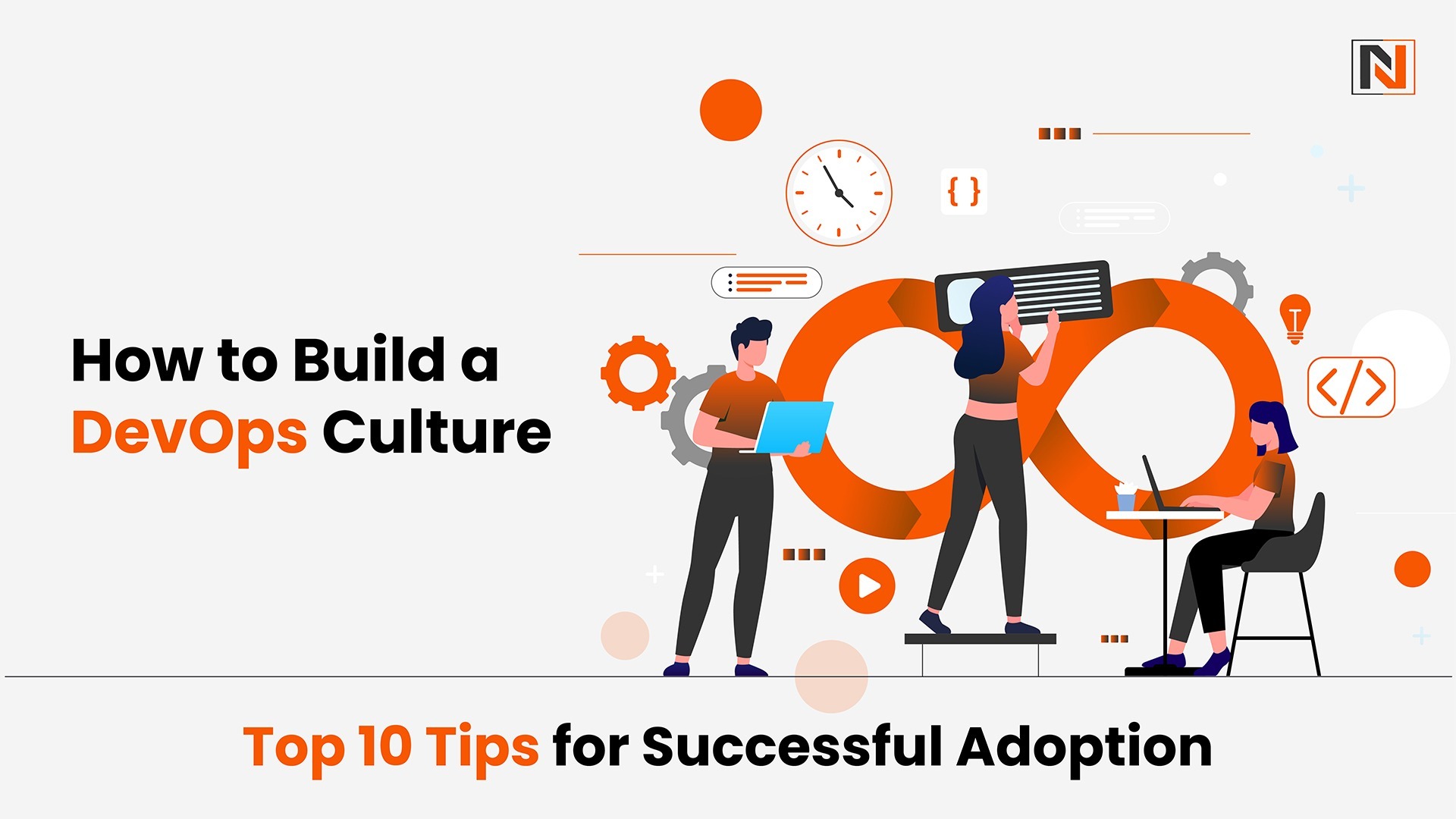Blogs
Nirvana Lab Insights
Stay ahead with latest blogs, news, white papers & insights about digital technologies & industries.

Liferay 7.3 vs 7.4: Key Changes Every Developer Must Know
Upgrading enterprise platforms (especially one as central as Liferay) is rarely just a version bump. It’s a strategic decision and one that should deliver measurable business value. In this post, I’ll walk you through Liferay 7.3 vs 7.4 differences, how the Liferay 7.4 upgrade tool changes the game, shifts in policy between 7.3 and 7.4 and what you should expect when estimating the cost to upgrade Liferay 7.3 to 7.4. My aim: give you clarity so you (as a CXO/VP/Director) can judge whether and how fast to move.
"Industry 4.0, the fourth industrial revolution, integrates digital technologies into manufacturing to produce superior products at lower costs." Industry 4.0 is the next big shift in how things are made and how businesses operate. It combines advanced technologies like artificial intelligence (AI), the Internet of Things (IoT), and automation to
-
Swati Bhatia
Traditionally, B2B transactions focused on efficiency, ensuring orders were delivered swiftly and smoothly. However, today's businesses have shifted towards a more customer-centric approach, emphasizing the importance of a personalized digital experience. So, what does this change mean for manufacturers?
-
Gangula Janardhana
DevOps is emerging as the unsung digital transformation hero in a world where speed and agility are key. By merging the strengths of development and operations, DevOps promises faster innovation and more reliable results.
-
 Shashank Gupta
Shashank Gupta
“Moving to the cloud means moving towards a future where businesses are more adaptable, efficient, and scalable.” Cloud migration involves transferring a company's digital operations, data, and applications from on-premises servers to a cloud-based infrastructure. Many businesses are turning to the cloud for greater flexibility, scalability, and cost savings as
-
Swati Bhatia
Suppliers, also known as vendors, are critical in driving your business success. The more effectively they deliver materials, parts, and services, the faster and better you can serve your customers. By streamlining supplier management, you can also lower operational costs, improve the accuracy of inventory and shipment forecasts, and minimize
-
 Shashank Gupta
Shashank Gupta
How are you engaging with your suppliers? Perhaps your communication occurs both online and offline through complex, manual processes that are difficult to track. Or you've invested in advanced systems and EDIs that still feel disconnected.
-
Swati Bhatia
Imagine a factory where machines not only follow commands but also learn from their environment to improve efficiency and quality. This is the exciting reality brought to life by AI in manufacturing.
-
Gangula Janardhana
“Having the right tools can make or break your success.” Salesforce, one of the world’s leading customer relationship management (CRM) platforms, offers a range of solutions that help businesses streamline operations, boost customer satisfaction, and drive growth. But why is Salesforce the go-to choice for so many companies?
-
Swati Bhatia
Digital transformation in manufacturing is changing how products are made and businesses operate. Manufacturers are adopting advanced technologies to find new ways to improve efficiency, reduce costs, and boost product quality. But what exactly does this transformation mean for the industry?
-
Swati Bhatia
Web development has come a long way from relying on HTML, CSS, and JavaScript, though they remain essential foundations for any website. With the rapid evolution of technology, staying current with the latest trends is crucial to remain competitive. For example, it's projected that over half of all online searches
-
Swati Bhatia
Over 2.14 billion people shop online, making e-commerce a powerful avenue for boosting your business's revenue. To tap into this potential, creating an e-commerce website is crucial. With around 24 million e-commerce sites in existence, strong web development is key to ensuring your site shines among the competition.
-
Gangula Janardhana
Data migration to Salesforce is a significant step that can transform your business's operations. With 2024 upon us, adopting the right strategies is essential to ensure your data transition is smooth and effective. A successful migration preserves your valuable information and enhances your ability to leverage Salesforce’s powerful tools.
-
Swati Bhatia
Businesses often find themselves stuck with disconnected systems that lead to data silos, frustrated employees handling multiple logins, and a lack of a unified customer view. This fragmented setup makes managing clients, projects, and strategic operations more challenging.
-
Swati Bhatia
Transforming how your team works together can be challenging, especially when adopting a DevOps culture. But what if the secret to smoother releases, fewer bugs, and happier teams lies in how you bridge the gap between development and operations?
-
 Shashank Gupta
Shashank Gupta
Digital transformation is no longer a choice but necessary for businesses aiming to stay competitive in 2024. Cloud in digital transformation is at the heart of this shift, a technology reshaping how organizations operate, innovate, and grow. Cloud computing is driving the future of digital transformation by enabling seamless collaboration,
-
Swati Bhatia



